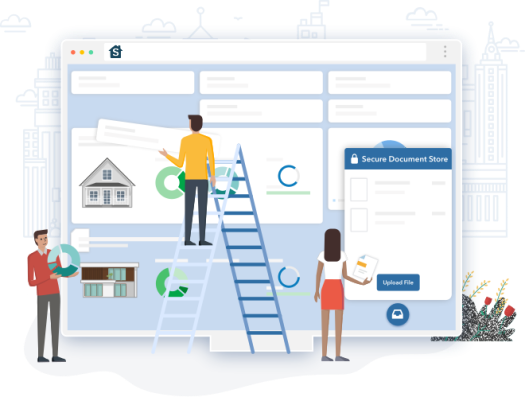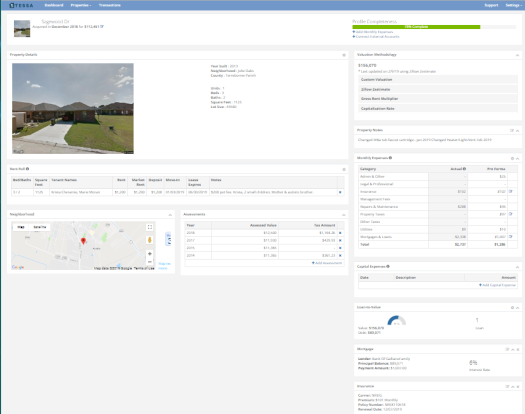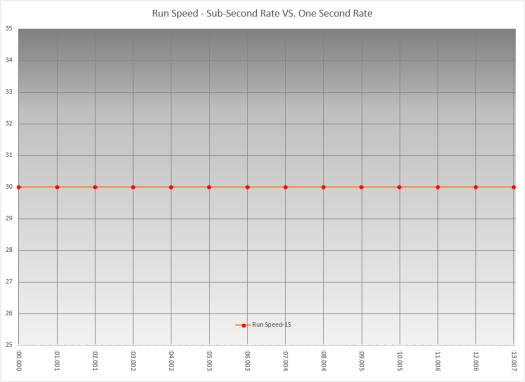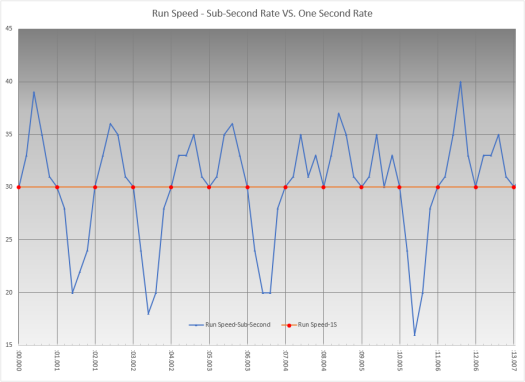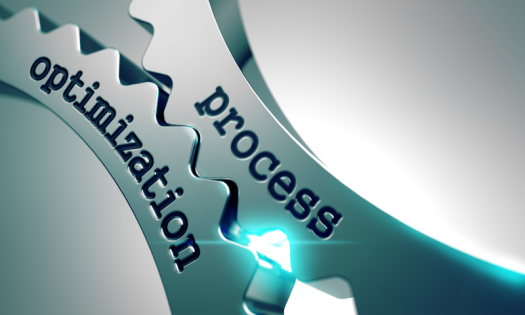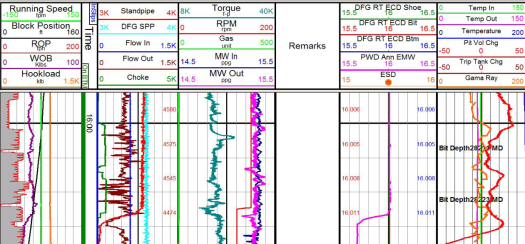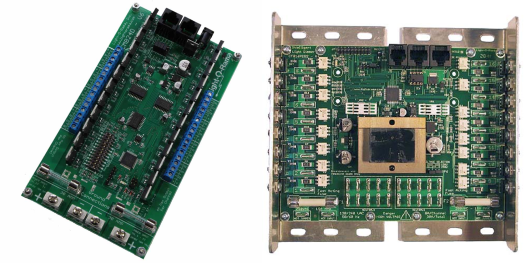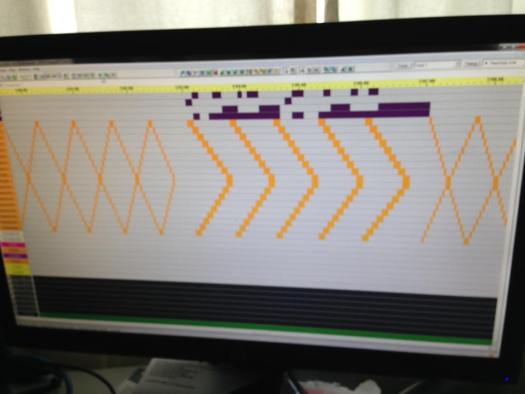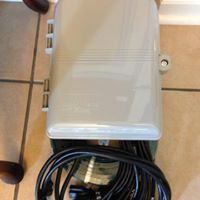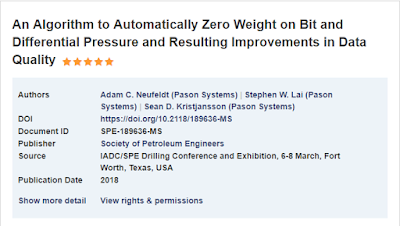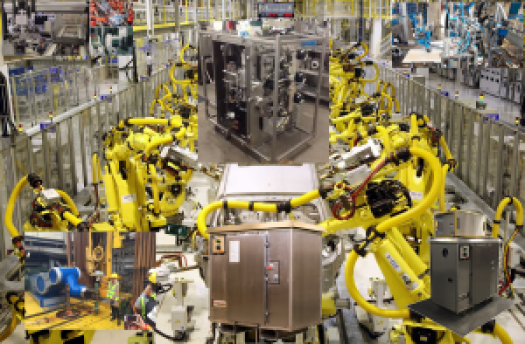
This article was originally posted on SOURCEZON‘s Knowledgebase.
I was asked to write a series of articles covering Fluids Automation, real time hydraulics, and automated fluid property sensors for addition to the knowledgebase at a friend’s company. I decided to cross-publish it here and plan to do the same with the other articles in the series. Please let me know what you think about it.
This is the first in a series of articles on Fluids Automation and associated topics. The intent is to provide some background and a current state of the topic in the industry. The plan is to cover General Fluids Automation in this article, then follow with articles on real time hydraulics software and automated fluids testing equipment.
Fluids Automation is a subject that covers segments including equipment, software, and services. It is mainly focused on the automation and enhancement of manual processes of fluids maintenance and optimization with regard to drilling and completing oil and gas exploration wells.
Fluids Background
Traditionally, fluids are maintained by a technician commonly referred to as a “Mud Engineer”, “Fluids Engineer”, or “Completion Fluids Engineer”. They are responsible for maintaining physical and chemical properties of the particular fluid(s) being used, tracking fluid volumes, wet and dry chemical inventory, and making recommendations for drilling operations to maintain downhole pressures within the “Goldilocks Zone”.
The Goldilocks Zone is where the pressure is less the amount needed to fracture the formation, which could lead to fluid losses, and more than the amount needed to balance the formation pressure, thus keeping the formation fluids from entering the wellbore and potentially causing a catastrophic “kick” situation.
Part of maintaining the physical and chemical properties involves conducting tests. Some are as simple as filling the cup on a mud balance, taking the temperature with a thermometer, or heating the fluid to a set temperature then using a rheometer to determine how the fluid reacts under levels of shear stress; whereas others are as complex as extracting filtrate from the fluid under pressure, then conducting various chemical titrations to determine the chemical properties.
In addition to testing, Fluids Engineers also must run hydraulic simulations under various operational conditions to confirm that the fluid’s current property set does not cause an excursion of down hole pressures outside of the Goldilocks Zone.
This does not take into account the time spent on doing reports, actually counting inventory, attending daily safety and operational meetings, participating in evacuation drills, overseeing fluid treatments, and any special rig operations like cement jobs or displacements.
For a twenty-four (24) hour day, a minimum of six (6) hours can be taken up by conducting the basic tests for a non-aqueous fluid, assuming one check each of the fluid going in and out of the hole every twelve hours. That is twenty-five percent (25%) of the day consumed by just testing.
For those six hours, you get four snapshots of what is going on with your circulating fluid system. To possibly make things easier to visualize, imagine your fluid system as a timeline that repeats every twenty-four hours. You get to see what is happening at 08:00, 12:00, 20:00, and 00:00, every day.
That would be fine if you had a homogeneous fluid system. The problem is that most systems are not. Whether caused by “dusting up too much” or dumping all of the treatment in at the end of the tour (shift) instead of continuously feeding it in, this causes a variation in the system. And with only four snapshots a day, it is hard to determine if this is going on. This could lead to over or under treating the fluid depending on the representative sample that was tested. If the treatment was put in all at once and the sample represented that situation, then the treatment recommendation might be to either not treat, because the properties tested where they should be or to treat to reduce the properties, because they are too high. In either situation, the rest of the fluid set does not represent the sample tested, it gets no treatment or the wrong treatment. Luckily, experienced fluids engineers conduct spot checks to verify specific properties in between running the full fluid checks.
Fluids engineers also do hydraulic simulations, based on fluid properties and current or proposed drilling parameters, to determine downhole pressures, cuttings loads, (the volume of cuttings drilled and still being carried within the wellbore), and safe tripping speeds, (how fast you can move the drill pipe or casing in the wellbore without getting out of the Goldilocks zone of pressure; think of it like a syringe plunger). This used to be calculated by hand many years ago, but is now simulated by software. The fluids engineer is able to do multiple snapshot simulations based on different inputs, providing options for a go-forward plan. This software has the ability to simulate how long it would take for cuttings being generated at the start of the simulation to be carried out of the wellbore. This allows users to “see ahead of the bit”, understanding what their hydraulics and cuttings loads might look like under the inputted parameters.
Fluids Automation
The idea for fluids automation has been around for years. Companies have tried to develop “black box solutions” at a time when the required computing power was just not there. This resulted in limited outputs and only narrow scoped scenarios being able to be handled.
Fast-forward to the aughts (2000-2010), where significant progress was made on developing accurate real time hydraulics software. This software was able to provide the same information that a fluids engineer’s snapshot simulations could provide, but instead of repeatedly inputting minor changes to the drilling parameters, it received a real time data feed from the rig operations. This allowed for continuous simulation of down hole pressures that real time actual measurements from PWD, (Pressure While Drilling tool), could be compared to.
These early versions would just run continuous snapshots based on manually entered fluid parameters. It would not reflect changes in density until the software operator received notice that the density had changed. This would lead to differences observed when comparing the measured down hole pressure to the simulated pressure because the actual measurement would change as soon as the density started to change, while the real time hydraulics software output would not change until a new density was entered.
Another limitation was that only a single wellbore fluid could be simulated at a time. This presented issues when pumping sweeps or doing displacements, causing those situations to not be modeled correctly.
There were other issues in how the cuttings were treated in the simulation. Since results were a series of snapshots, it did not take historical actions into account. If the rig stopped pumping, the simulation assumed no change during that time, then started from where it left off when the pumps came back on. It did not reflect cuttings migrating down the wellbore during this lack of flow.
More recent generations of real time hydraulics software have all but eliminated these issues. They can still provide the snapshot lookahead, but additionally track cuttings transport in the wellbore over time, taking into account migration when not pumping. They also handle multiple fluids in the wellbore, pipe rotation effects on ECD, and gel structure effects on rheology.
As implied above, fluid properties have an impact on down hole pressures, otherwise known as ECD (Equivalent Circulating Density), the down hole pressure when circulating or ESD (Equivalent Static Density), the down hole pressure when static or not circulating. The biggest influencers are density and rheology. Changes to these properties have the biggest impact on downhole pressures.
Having automated sensors for density and rheology allow for data frequency to better reflect how the fluid system varies as it is being circulated through the system. The key is to have accurate API-specific measurements that can be consumed by the real time hydraulics software. This allows for the measurements to be utilized by any software or calculation that relies on API density and rheology as inputs.
This fluids data can also be combined with the rest of the real time data from the rig to determine several things:
- What is currently going on (on the rig)?
- Is it being done as efficiently as possible?
- Are there any hazards occurring or likely to occur in the near-term?
Currently, these things are determined by trained specialists who monitor the data twenty-four hours a day. This allows them to pay attention to a maximum of three jobs, when operations are running smoothly. This capacity drops as soon as operations or events become difficult, requiring more focus from the individual.
Eventually, when the right minds get together, these questions will be able to be answered by algorithms. This will allow a single specialist to monitor ten or more jobs simultaneously, increasing capacity and efficiency.
Such is the state of Fluids Automation as of the summer of 2020.
And, as always, let me know what you think in the comments. Ask questions, tell your story.
If you like my posts, please share them with others and subscribe to this blog.

